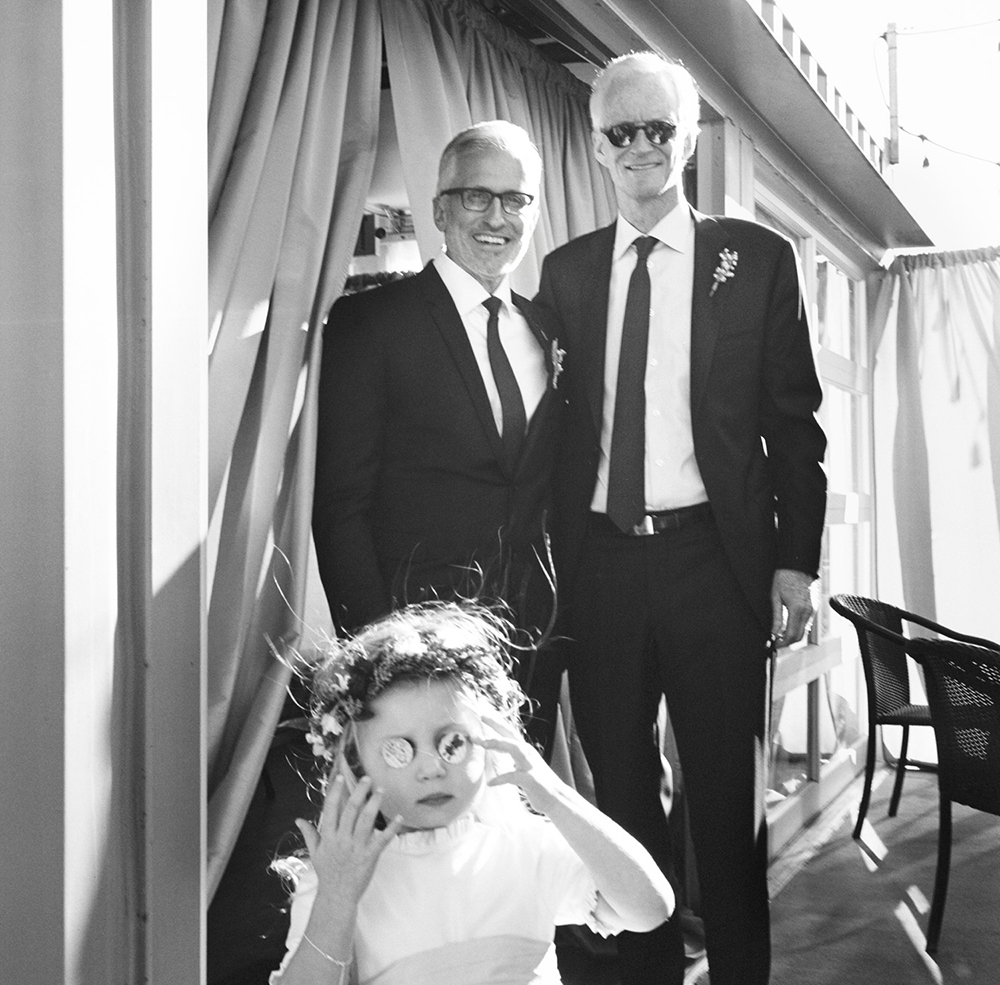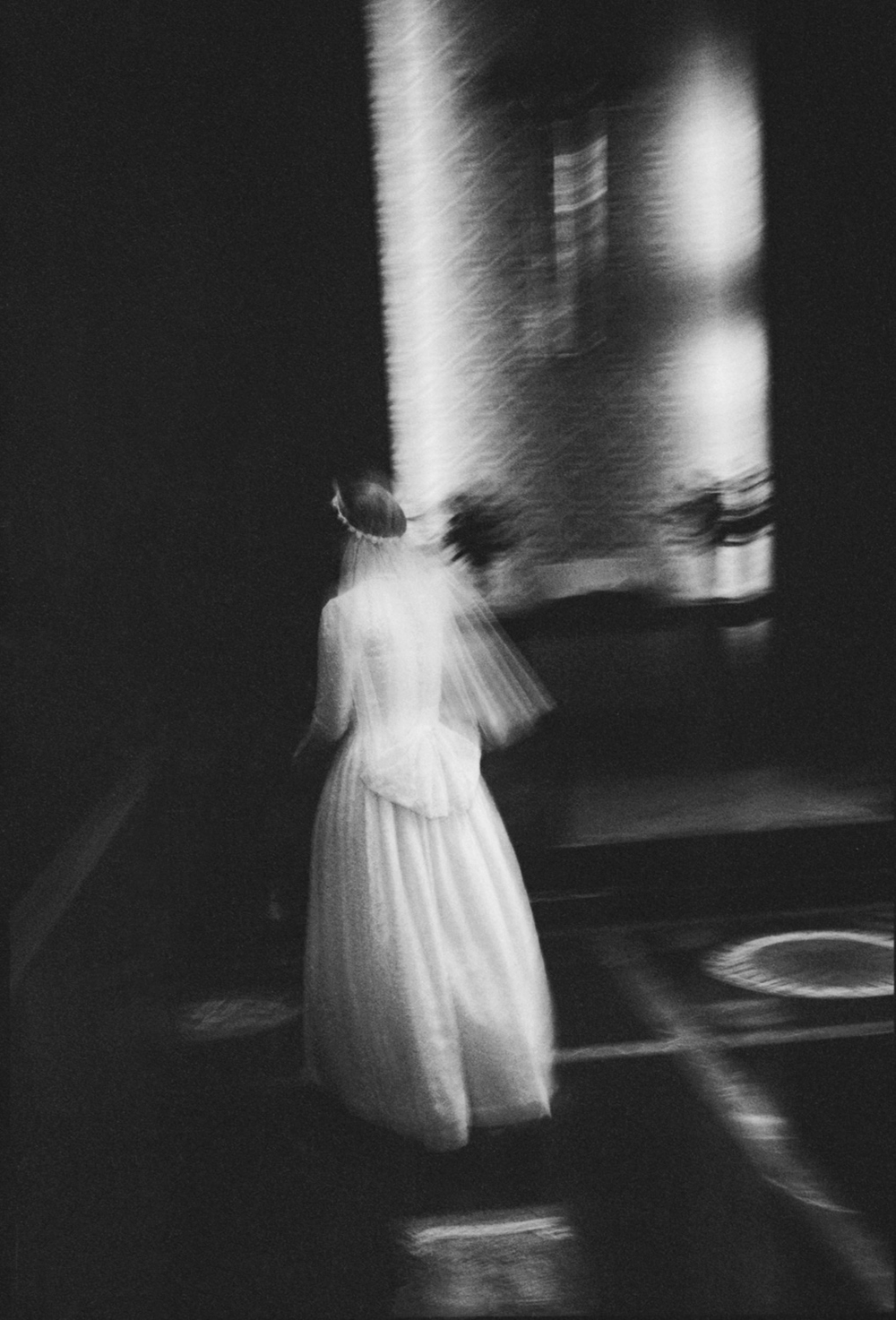

Editor's Note:
I first met John Dolan when our children were small and were attending the same school. An occasional fixture on the soccer field, I soon learned of his other work, the kind that took him all over the world as he photographed so many things—among them, countless weddings. I never had the sense that this was a job for him: rather, it was an extension of his world view, of his love of people and families and, quite frankly, of love itself. Mindful, astute, and ever-attentive to the slightest human detail, John Dolan’s exquisite photographs remind us that weddings give us an excuse to fall in love all over again.
—Jessica Helfand
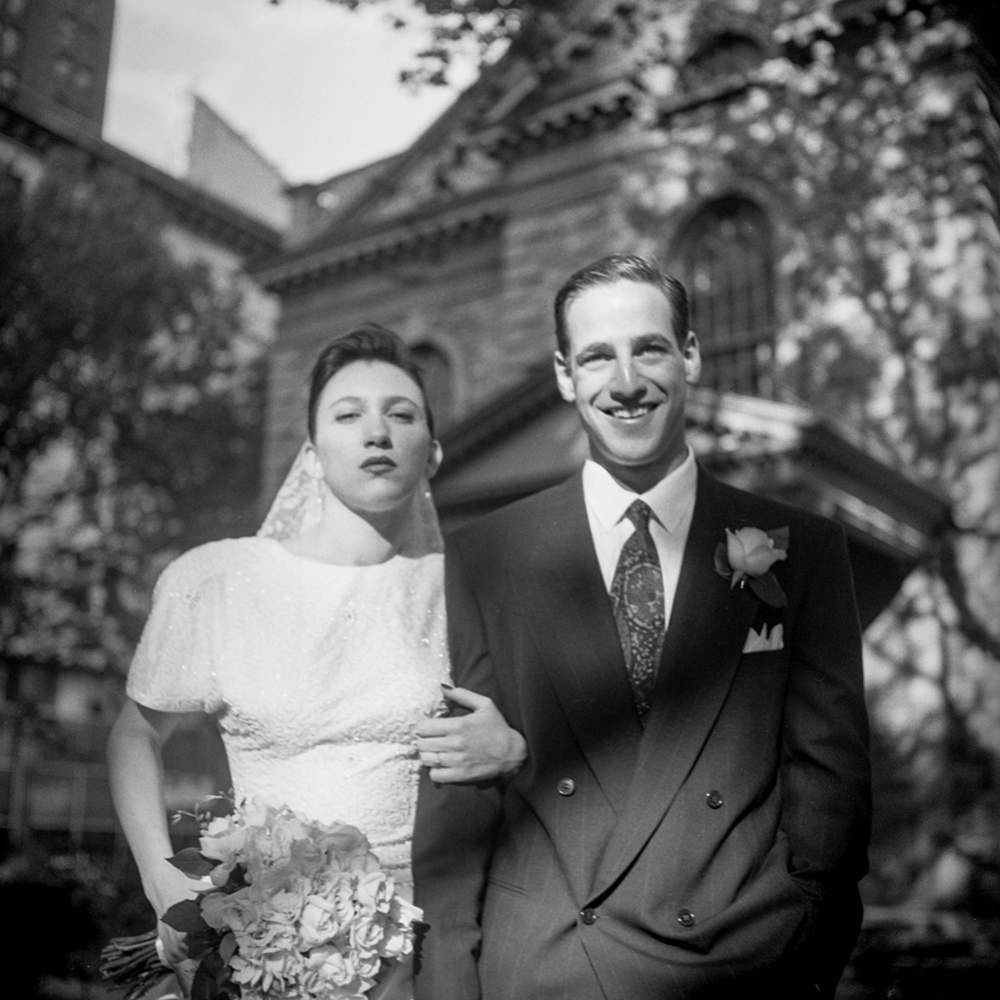

The following text and all images are from The Perfect Imperfect. The Wedding Photographs of John Dolan out now from Diamani. All images © John Dolan.
Midwife. Funeral director. Wedding photographer. You meet them once on a delicate day. They quickly slip into the inner circle of a family to perform their role during this rite of passage, and then they are gone.
From this intimate point of view, I have photographed more than 350 weddings over the last thirty-five years. Anticipation, jubilation, jitters, radiance, hilarity, euphoria, tenderness, butterflies, bliss, melancholy, tension, and relief. This book is a collection of these potent slivers of emotion gathered from un-scripted, perfectly imperfect moments.
I first brought a camera to a wedding in 1987. My middle brother, Michael, was getting married. I was his best man. Our eldest brother, Fred, a Catholic priest, was performing his first ceremony. The three of us joked and teased nervously in the sacristy just before mass. During a lull, all went quiet and I looked over at Michael sitting under a window. This person with whom I shared a room for the first thirteen years of my life was about to walk down the aisle. He sat forward, poised, anxious to begin the proceedings. I raised my camera and only the altar boy noticed.
My parents’ wedding photographer in Washington, DC, in 1951 was a family friend and a master craftsman with a 4x5 Graflex. On that day he captured the launch of their marriage, as they bounded down the stairs, perfectly in step on their way to a honeymoon and sixty-two years together. I unearthed their photographs shortly before my brother’s wedding and vividly recognized the richness of this under-appreciated genre. I learned that wedding photographs ripen over time, offering a delayed reaction.
Weddings exist at the crossroads of everything I love to photograph: families, lovers, nervous people. I knew where I could find that intersection each weekend. The chaos of a bride’s house on a wedding day felt instantly familiar to me. Crowded bedrooms full of people in various states of undress was my normal morning growing up with five siblings. A camera is invisible in the middle of bedlam and that frees a photographer to record quietly.
Every wedding follows a predictable dramatic arc: Act 1, Preparation. The couple readies themselves separately, each with their kin. Act 2, Union. The two sides come together to join hands, relieved, and separate from their birth families. Act 3, Celebration. Both sides break bread and sing and dance and become a wedding party.
The script may be the same each Saturday, but for the actors it is a one-night performance, with one quick rehearsal. Unpredictability is what makes it memorable. What will happen today as these two families merge, these polite strangers? Which narrative will it be: Romeo and Juliet? Father of the Bride? My Big Fat Greek Wedding? Crazy Rich Asians? Or something new?

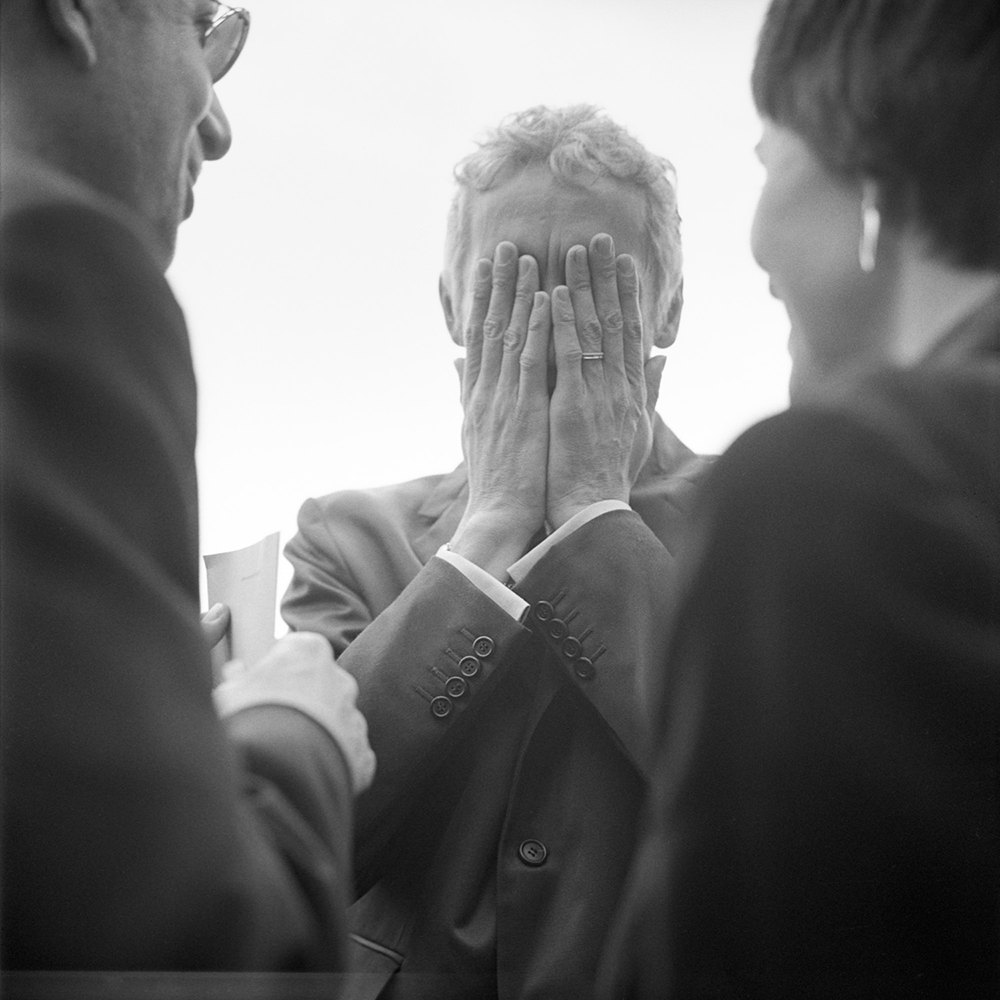
It is two o’clock on a Saturday. My call time is three. The wedding is at five. My camera bags rest by my hotel room door. My suit hangs in the closet, pressed and ready. I lie down for a light ten-minute nap to empty my head of the timeline, the planning, the personalities, the weather. The best I can do is put my brain in neutral and let the play begin.
The mother of the bride welcomes me and points me upstairs to the bridal suite. The father passes by in a towel on his way to a quick shower. The brother pops his head out, needing to print his speech. They point me down the hall to the bride, past the framed family portraits, following the pulse of Beyoncé and blow dryers. The pumped-up bridal party, dressed in matching pajamas, cracks open champagne to soften nerves.
My couples and I get to know about each other in reverse. We jump quickly from blind date to old friends. I may be new to the inner circle of the family, but I can be an emotional designated driver, a ground wire to prevent shocks. I watch over tender nerves and near tears throughout the night as I begin to stitch to-gether the fabric of their childhood, school, work, and family. The size of the hug marks the hierarchy of friends. A tight squeeze for a college roommate. A huge embrace for a far-flung colleague who flew in from Hong Kong. A deep bear hug with the closest cousin. By the end of the night I have sketched an outline of their life story.
The end of a wedding reminds me of the launch of a new ship setting sail for its maiden voyage, with champagne bottles cracked open and hopeful crowds waving bon voyage.
In the months after a wedding, many couples report the whole weekend was a blur. They study the photographs, searching for clues and evidence. “What did we miss? We didn’t get to see everyone. Who danced together?” Memories are uncertain, like Jell-O, shifting from each point of view. The postwedding ritual review of the “proofs” informs and hardens the narrative. As the years go on, the photographs reshape memories. They relocate lost moments, enhance fuzzy flashbacks, and offer clues to who these people were, to be discovered one day by a curious descendant.
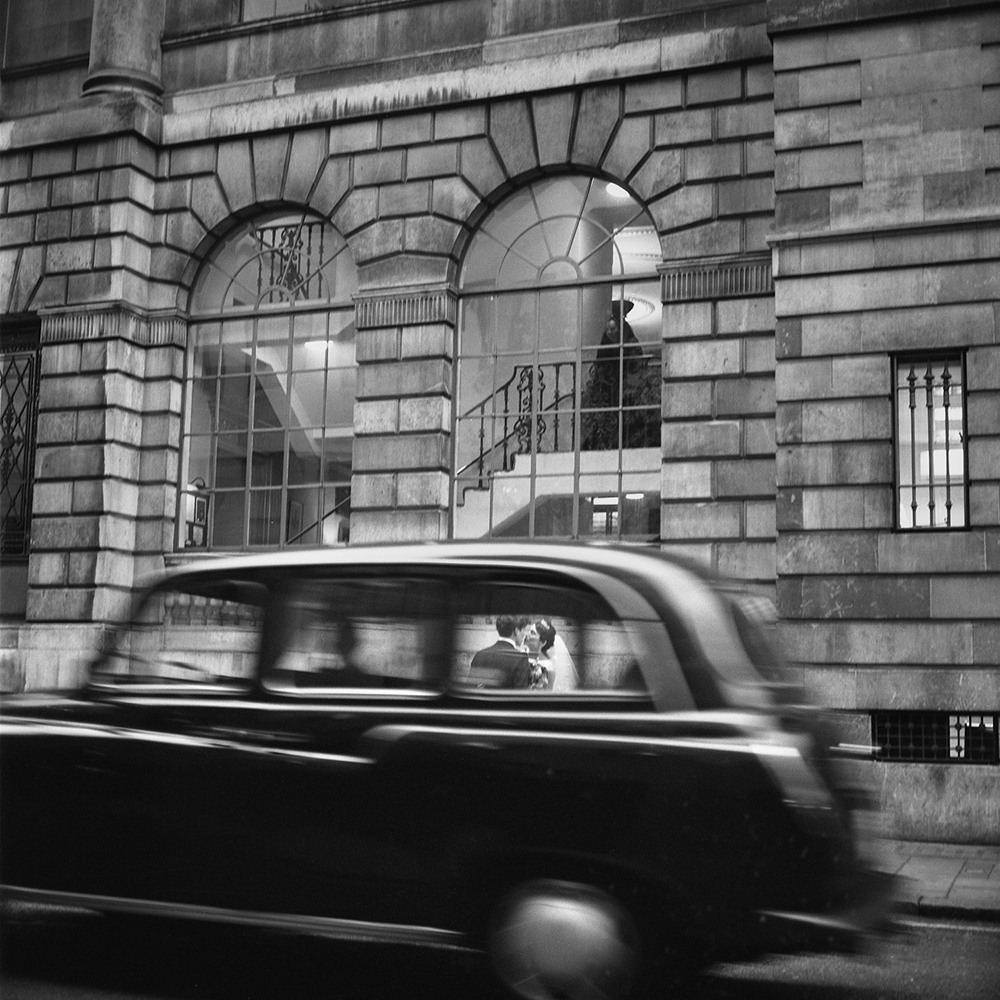

Thinking back to that first wedding, I remember during my brother’s reception a dance circle formed with cousins and old friends. The bride and groom swirled in the center to the folk music of the Hungar-ian band led by a somber woman on accordion. My best man duties were over. I had blown my speech, unprepared and uncomfortable as the little brother in the spotlight. I had failed to pay ransom when the traditional bridal kidnapping occurred. (My brother bought her back with a check.)
I stood outside the circle, camera in hand, but my cousin raised her arm and opened a link and coaxed me into the center. Now, looking out from the couple’s vantage point, I shot the spinning spiral. My aunt Helyn, always the life of any party, improvised her own dance moves with a napkin on her head (page 209). I had stepped across some invisible barrier to become part of the party.
The role of photographer requires versatility—court jester, cat herder, bride whisperer—but mostly I am an intimate chronicler. A curious photographer at a wedding who uses the camera to notice tiny moments of big meaning: evocative, unpredictable, joyful, perfectly imperfect scenes at the start of a marriage.

